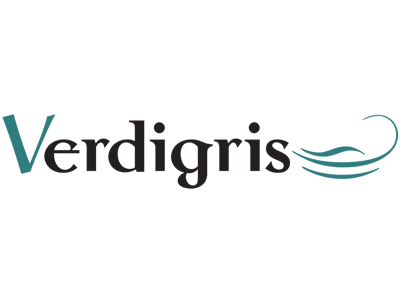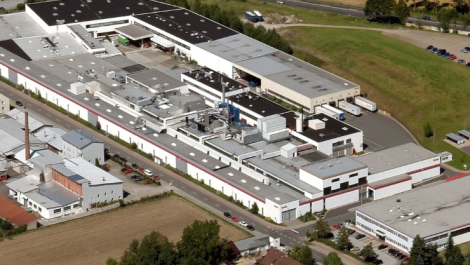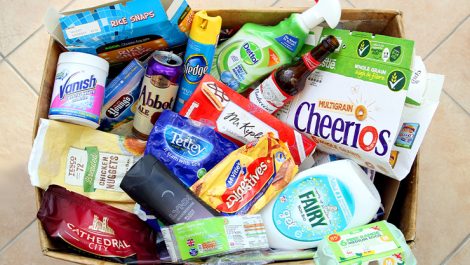Recycling is getting more complicated. Rapid developments in substrate recipes, inks and imaging technologies, render established business models meaningless. Disruption in packaging is turning everyone away from petrochemical based plastics, and paper recycling is becoming immensely confused. Deinking and recycling methods must keep pace.
Never was that more true than for Europe’s dominant deinking method. INGEDE Method 11 was introduced a couple of decades ago as a certifiable service to mill owners. It confirmed the deinkability of prints being sent for repulping into new raw materials, mostly for newsprint. It was a great business when most recycling volume came from materials printed offset and gravure. But anything printed flexo would fail INGEDE’s Method 11 test and be deemed unsuitable for recycling. More recently the test is proving unsuitable for new printing methods. Failing the test means paper intended for recycling gets sent to landfill or incinerated.
Several industry trends are hitting traditional paper recycling models hard. More paper being send for deinking and recycling is printed using methods other than those for which INGEDE Method 11 was designed. Besides flexo prints, digital presses that use liquid ink, such as HP Indigos and many inkjet presses fail. Material printed with toners, including liquid toner used in Xeikon presses, deinks under traditional conditions. But volumes of digitally printed matter are rising, so mills using outmoded deinking techniques for recycling must up their game to move with the times and stay in business.
Another key shift is the decline in printed newspaper volumes. All over the world readers are shifting to online information delivery instead of reading printed newspapers. According to WAN-Ifra, overall newspaper industry revenue contracted by 1.8% from 2016 to 2017, due to continued falls in print revenues.
It gets even more complicated when you throw in the rise in new print applications, most of which are based on the on demand, fast turnaround digitally printed premise. Modern publishers and printing companies are in the data business, and the fastest, most convenient way to create physical versions of data is with a digital press. We want people to use print because it is sustainable. We do not want people to reject print because it might fail some old fashioned deinking test. There are alternative less simplistic approaches to deinking.
Western Michigan University (WMU) in the USA recently conducted a study to compare outputs from two different deinkability tests. The study evaluated deinkability for pigment inkjet printed uncoated offset grades and inkjet treated papers. The conclusion was that the single float deinking method favoured by the INGEDE Method 11 test is not a good indicator of deinkability for inkjet prints in today’s deinking mills. However a dual float deinking test method determines that both types of inkjet printed papers have good deinkability. http://thedpda.org/resources The treated papers used in the WMU study achieved overall higher scores, based on the criteria used by the European Paper Recycling Council.
New printing methods, inks, substrates and uses for print are constantly emerging. It is vital that deinking and recycling technologies evolve in step, and that organisations do everything possible to encourage the use of printed matter and its recycling.
– Laurel Brunner
This article was produced by the Verdigris Project, an industry initiative intended to raise awareness of print’s positive environmental impact. This weekly commentary helps printing companies keep up to date with environmental standards, and how environmentally friendly business management can help improve their bottom lines. Verdigris is supported by the following companies: Agfa Graphics, EFI, Fespa, HP, Kodak, Kornit, Ricoh, Spindrift, Splash PR, Unity Publishing and Xeikon.





